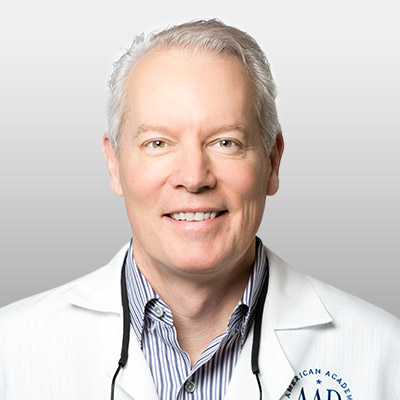Have you ever had those pesky dark spots on your nose that seem obvious to everyone?
Once we notice clogged pores on our nose or anywhere else, our first instinct is to get that gunk out. But wait! Before you pick and push, you’ve got to know what you’re dealing with and what will make them disappear.
What Are Clogged Pores?
Clogged pores on the face show up as little dark spots. Pores produce oil, and sometimes that oil gets stuck around the opening of the pore. And because oil is sticky, it holds on to dead skin cells. Then, as the oil dries, it turns dark brown.
You end up with a spot that accentuates the appearance of the natural pore. And since the nose has larger oil glands, it’s the most likely place to see them.
Can I Squeeze the Gunk Out?
It’s so tempting to try to push out the clogs, but don’t do it. Your pores are delicate, and if you push on them, you can break them. Then the oil and bacteria in the pore will turn into an inflamed pimple.
Why? The body recognizes the oil doesn’t belong in the skin. But now there’s no way for it to get out since the pore isn’t working. So your body sends in white blood cells, which create inflammation and make the spot worse. Keep your fingers
off your pores and call your dermatologist. A dermatologist knows how to unclog pores without damaging your skin.
What’s in the Pores and How Do I Get It Out?
The little black spots consist of dried oil and dead skin cells. And when you remove the gunk inside, you make the pores less visible. The best way to do that is by exfoliation. Chemical exfoliations, like retinol and tretinoin, work best.
Most over-the-counter products aren’t strong enough, so we prescribe a stronger retinol or tretinoin product to turn over the skin cells and loosen the plugs. Then the pores become less noticeable because we remove the sticky substance
and prevent the skin from becoming sticky again with regular cell turnover.
Do Clogged Pores Cause Other Skin Problems?
An oil gland’s job is to produce sebum to lubricate the skin and keep our skin waterproof. But sometimes our skin cells aren’t mature enough to work correctly. As the oil dries and gets sticky, immature skin cells can adhere to it and block
the pore. Blocked pores lead to acne, blackheads, whiteheads, and more.
That doesn’t mean you have bad skin. It just means you need to care for your skin in a different way. You need a product that causes exfoliation so the dead skin cells flake off like they’re supposed to.
FREE Download: The Dermatologist’s Guide to Washing Your Face
Washing your face is the most basic step in hygiene, but are you doing it correctly? Start by following these steps to clearer, brighter skin.
Related Post: How to Exfoliate Your Skin Without Drying it Out
How Can I Prevent Clogged Pores?
Always start with a chemical exfoliation product to increase cell turnover. While retinol and tretinoin unclog current problematic pores, they also keep skin cells from building up.
If you still have some clogged pores after about a month of treatment, go back to the dermatologist for an extraction. A professional can use a small tool designed to remove clogs. They can remove them safer than you can with your hands. And,
by using exfoliator first, you’ve loosened up the blackheads so they can be removed easily.
Although you never want to pick at your pores, ignoring them won’t help either. When left untreated, clogged pores turn to various forms of acne. So it’s best to work with a dermatologist to find a prescription exfoliation product that will keep
your pores clear. Then you’ll not only avoid those dark spots on your nose, but also the problems that will follow if you neglect them.

Dr. R. Todd Plott is a board-certified dermatologist in Coppell, Keller, and Saginaw, TX. His specialization and professional interests include treating patients suffering with acne, identifying and solving complex skin conditions such as psoriasis, rosacea, atopic dermatitis, and identifying and treating all types of skin cancers. In his spare time, Dr. Plott enjoys cycling, traveling with his wife, and spending time with his children and new grandson.
Learn more about Dr. Plott.

